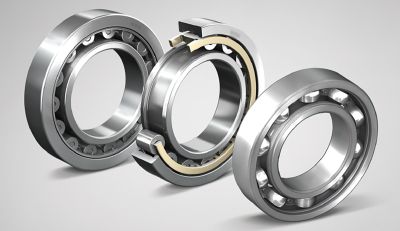
For oil-lubricated motor bearings, is there a visual method to determine the oil quality?
A majority of motors are equipped with rolling element bearings as shown in Image 1. These bearings can be lubricated by grease or oil, and the life of the bearing depends on the quality of the oil.

The best recommendation to achieve proper lubrication is to eliminate known causes of poor lubrication quality, caused by the improper level, contamination and/or water ingress. Establishing an oil monitoring system is a positive step to achieving and maintaining proper lubrication. Performing routine oil analysis and trending the results is one method to determine oil quality. The use of lip seals, labyrinth isolators or face seals may help to prevent premature bearing failure due to lubrication loss or contamination. Consult with a manufacturer of these seals to determine the best solution for the root cause.
There are some common issues that occur with bearing lubricating oil. These include cleanliness, compatibility, quantity and quality. Condition monitoring on a monthly basis is suggested to check on the four main reasons for oil degradation: oxidization, thermal effects, contamination and additive depletion. Visual checks of oil appearance through the sight glass for a milky appearance are indicative of water or darkened color from thermal effects.
However, visual examination may not indicate an issue until the oil is already degraded such that the bearing life is compromised. Annual replacement is recommended by motor manufacturers in the absence of condition monitoring confirming the integrity of the oil.
For more information on motor and bearing lubrication, refer to the “Drivers Application Guidebook: Guidelines for Application, Installation, Maintenance and Troubleshooting” at www.pumps.org.

